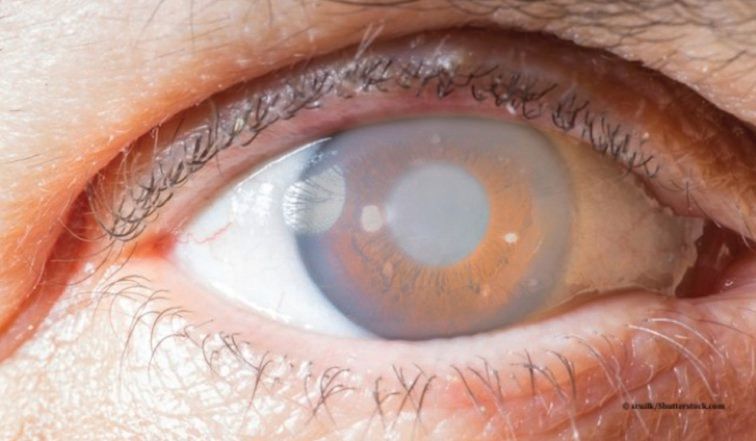Test your knowledge of angle closures

1. A recent study showed what about the ability of an LPI to reduce the risk of developing PAC or PACG in patients with PACS compared to observation:
a. All the patients in the observation group progressed compared to none in the LPI group.
b. No patients in either group progressed.
c. Although the risk of progression was reduced by 50% with LPI, less than 5% of subjects in both groups progressed.
d. None of LPI group progressed compared to 50% in the observation group.
2. The following statement is TRUE regarding patients on the angle closure spectrum undergoing LPI:
a. In the majority of cases, iridocorneal angles widen.
b. Only about 50% of eyes show significant widening of iridocorneal angle.
c. Approximately 25% of eyes continue to show areas of iridotrabecular contact.
d. Both (a) and (c).
3. Patients treated by LPI should be followed on a regular basis because:
a. Rise in IOP is possible due to increased resistance to aqueous outflow as a result of the trabecular meshwork damage presumably resulting from previous episodes of PAC.
b. Potential for progressive narrowing of iridocorneal angle as a result of non-pupil block mechanisms.
c. Potential for progressive optic neuropathy.
d. All of the above
4. Fellow PACS eyes of patients with unilateral AACC carry significantly higher risk of AACC compared to the overall risk of AACC in PACS eyes.
a. True.
b. False.
5. Evidence from the EAGLE trial provides support for clear lens extraction in the following groups of patients:
a. Presbyopes with PACG.
b. All patients with PACG.
c. Presbyopes with PAC and high IOP.
d. Both (a) and (c)
6. The following are risk factors for the angle closure glaucoma, EXCEPT:
a. Male sex.
b. Shorter axial length.
c. Increased iris volume.
d. Family history.
7. Anterior segment neovascularization is a primary angle closure mechanism:
a. True.
b. False.
Click here for the answers to this quiz
Click here to return to: How to manage the angle closure spectrum
Newsletter
Want more insights like this? Subscribe to Optometry Times and get clinical pearls and practice tips delivered straight to your inbox.